Leg muscle pain, whether from a strenuous workout, an injury, or everyday wear and tear, can be a frustrating and debilitating experience. While over-the-counter pain relievers or rest may provide temporary relief, yoga offers a holistic approach to addressing the root cause of leg muscle pain and restoring your body’s natural balance.
In this article, we’ll delve into the world of yoga poses specifically designed to alleviate leg muscle pain. We’ll explore how these poses work to stretch, strengthen, and improve circulation in the legs, promoting healing and restoring your mobility.
Join us as we embark on a journey of yogic rejuvenation, where we’ll discover the transformative power of yoga to ease leg muscle pain and revitalize your entire body.
Benefits of Yoga for Leg Muscle Pain
The benefits of yoga for leg muscle pain extend beyond mere pain relief. Yoga’s holistic approach addresses the underlying causes of leg muscle pain, promoting overall well-being and preventing future recurrences.
- Improved Flexibility: Yoga poses, known as asanas, are designed to systematically stretch and lengthen muscle fibers, increasing their range of motion and reducing stiffness. This improved flexibility makes muscles less prone to injury and pain.
- Reduced Inflammation: Yoga’s deep breathing techniques and gentle movements promote blood flow and circulation, which helps flush out lactic acid, a byproduct of muscle exertion that contributes to inflammation. By reducing inflammation, yoga alleviates muscle soreness and promotes healing.
- Enhanced Strength: Yoga poses engage and strengthen leg muscles, improving their ability to support and stabilize the body. Stronger muscles are less susceptible to injury and pain, and they recover more efficiently from exercise.
- Promoting Relaxation and Stress Relief: Yoga’s calming and meditative practices help reduce stress and tension, which can contribute to muscle pain. By promoting relaxation, yoga helps alleviate muscle tension and improve overall well-being.
Yoga Poses for Leg Muscle Pain
Downward-Facing Dog (Adho Mukha Svanasana)
Downward-Facing Dog, an essential pose in yoga, is a great way to stretch and strengthen the entire body, including the hamstrings, calves, and shoulders. It improves circulation and relieves back pain.
To perform Downward-Facing Dog:
- Start on your hands and knees, with your hands shoulder-width apart and your knees hip-width apart.
- Spread your fingers wide and press your palms firmly into the mat.
- Lift your hips back and up, forming an inverted V-shape with your body.
- Keep your heels grounded or reach towards them as much as you can without straining.
- Relax your head and neck between your arms.
- Hold for 5-10 breaths.
Warrior II Pose (Virabhadrasana II)
Warrior II strengthens the legs, hips, and core while stretching the hamstrings, quadriceps, and groin. It enhances balance and coordination.
To perform Warrior II pose:
- Stand with your feet hip-width apart.
- Turn your right foot out 90 degrees and your left foot slightly inward.
- Bend your right knee and lower your body until your thigh is parallel to the floor.
- Extend your arms out to the sides, keeping them parallel to the floor.
- Look towards your right hand.
- Hold for 5-10 breaths.
- Repeat on the other side.
Triangle Pose (Trikonasana)
Triangle pose stretches the hamstrings, quadriceps, inner thighs, and outer hips. It improves balance and flexibility.
To perform Triangle pose:
- Stand with your feet hip-width apart.
- Extend your right arm out to the side, keeping it parallel to the floor.
- Bend your left knee and lower your left hand towards your left foot.
- Keep your spine long and your back straight.
- Look towards your right hand.
- Hold for 5-10 breaths.
- Repeat on the other side.
Seated Forward Fold (Paschimottanasana)
Seated forward fold stretches the hamstrings, lower back, and spine. It calms the mind and reduces stress.
To perform Seated forward fold:
- Sit on the floor with your legs extended in front of you.
- Bend forward from your hips and reach towards your toes.
- Keep your spine long and your back straight.
- If you cannot reach your toes, use a strap or towel around your feet.
- Hold for 5-10 breaths.
Pigeon Pose (Eka Pada Rajakapotasana)
Pigeon pose deeply stretches the hip flexors, hamstrings, and glutes. It improves hip mobility and reduces lower back pain.
To perform Pigeon pose:
- Start on your hands and knees, with your hands shoulder-width apart and your knees hip-width apart.
- Bring your right knee forward and place it behind your right wrist.
- Extend your left leg straight back, keeping your heel grounded.
- Lower your hips towards the floor.
- Keep your spine long and your back straight.
- Hold for 5-10 breaths.
- Repeat on the other side.
Additional Tips for Managing Leg Muscle Pain
In addition to incorporating yoga into your routine, several complementary strategies can effectively manage leg muscle pain and promote overall well-being. These strategies address the underlying causes of leg muscle pain, promoting recovery and preventing future recurrences.
- Rest: Allow Your Muscles to Recover Adequately
Rest plays a crucial role in muscle recovery. After strenuous activities, allow your muscles sufficient time to rest and repair. Avoid engaging in activities that aggravate your leg pain. Proper rest allows muscle fibers to heal, reducing inflammation and soreness.
- Ice and Heat: Combating Inflammation and Soreness
Ice and heat therapy can effectively reduce inflammation and alleviate muscle soreness. Ice packs applied to the affected area can help reduce inflammation and swelling. Heat therapy, such as using a heating pad or taking a warm bath, can promote blood flow and relax sore muscles.
- Massage: Releasing Tension and Improving Circulation
Massage therapy can provide significant relief from leg muscle pain. Massage helps release muscle tension, improve circulation, and promote healing. A trained massage therapist can apply targeted pressure to specific muscle groups, effectively alleviating pain and improving muscle function.
- Proper Hydration: Supporting Muscle Function and Recovery
Staying hydrated is essential for overall health and muscle function. Dehydration can contribute to muscle fatigue and increase the risk of muscle cramps. Aim to consume adequate fluids throughout the day, especially before, during, and after exercise. Proper hydration helps flush out lactic acid, a byproduct of muscle exertion that can contribute to soreness, and promotes muscle recovery.
A balanced diet rich in essential nutrients supports muscle health and recovery. Include protein-rich foods, such as lean meats, fish, beans, and nuts, to provide the building blocks for muscle repair. Consume plenty of fruits and vegetables for their antioxidant and anti-inflammatory properties. Additionally, ensure adequate intake of minerals like magnesium and potassium, which play vital roles in muscle function.
Yoga offers a natural and effective way to alleviate leg muscle pain and promote overall well-being. By incorporating the recommended yoga poses into your routine and following the additional tips provided, you can effectively manage leg muscle pain and improve your quality of life. Hopefully, the above article of TTC has provided you with useful information. If you have any questions or concerns, please leave a comment below.
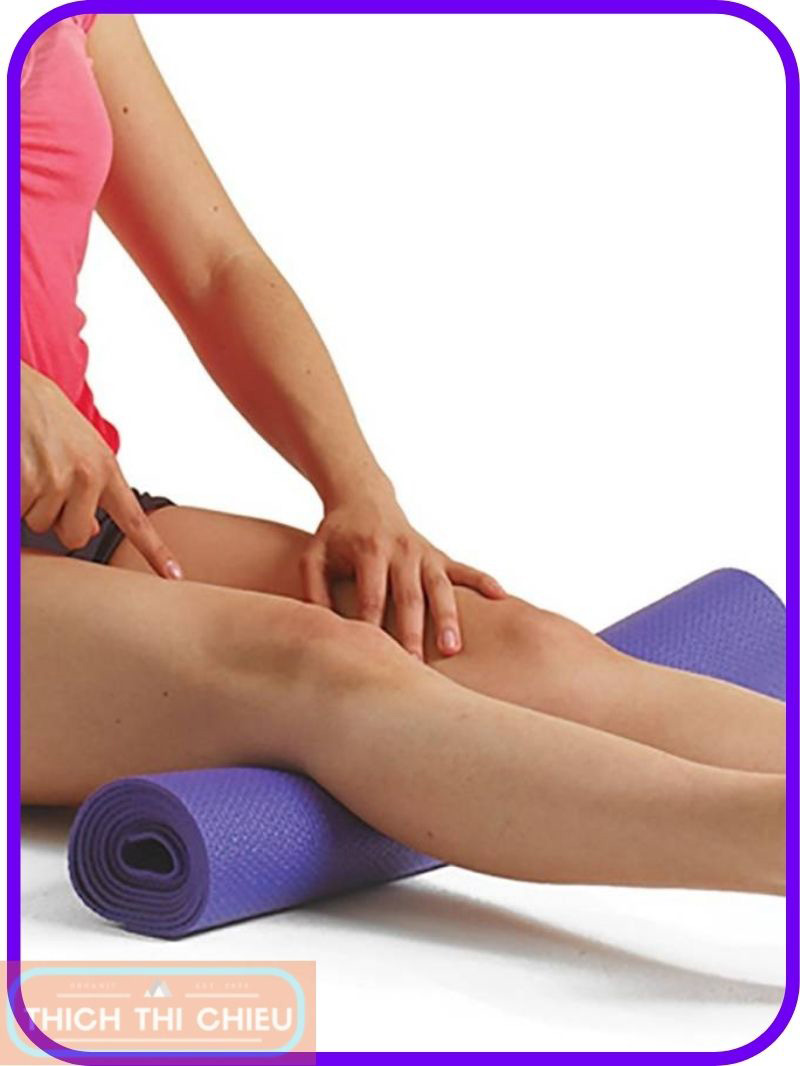
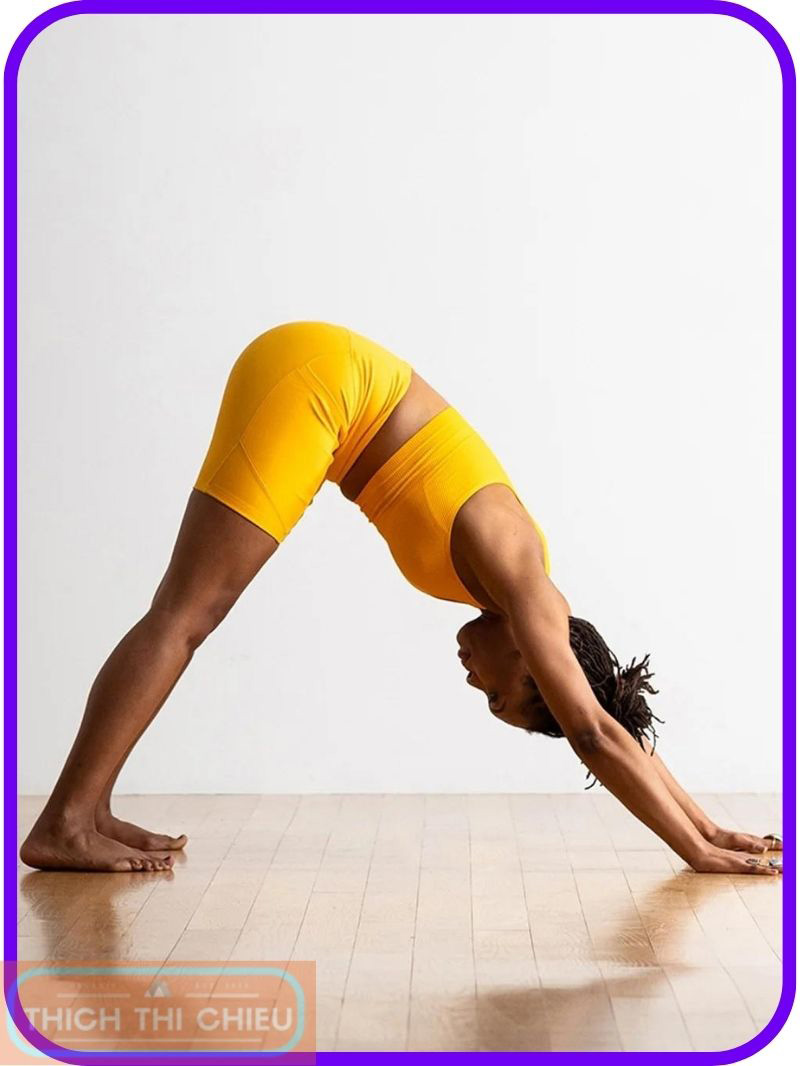
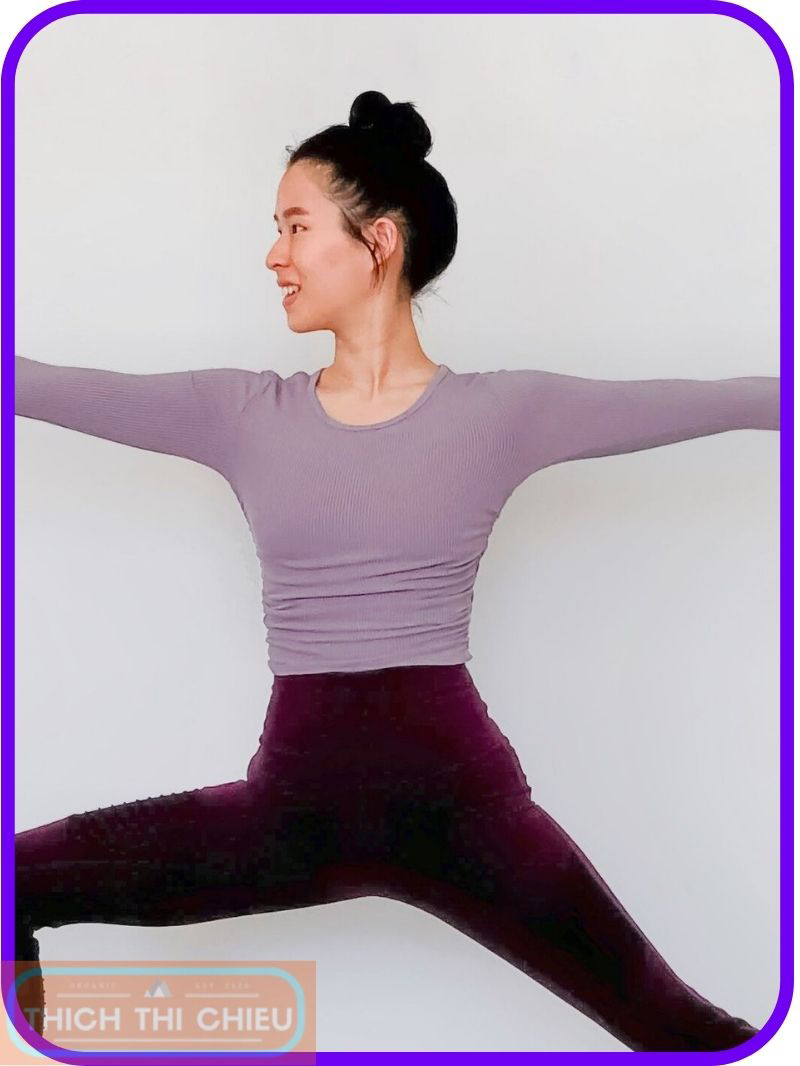
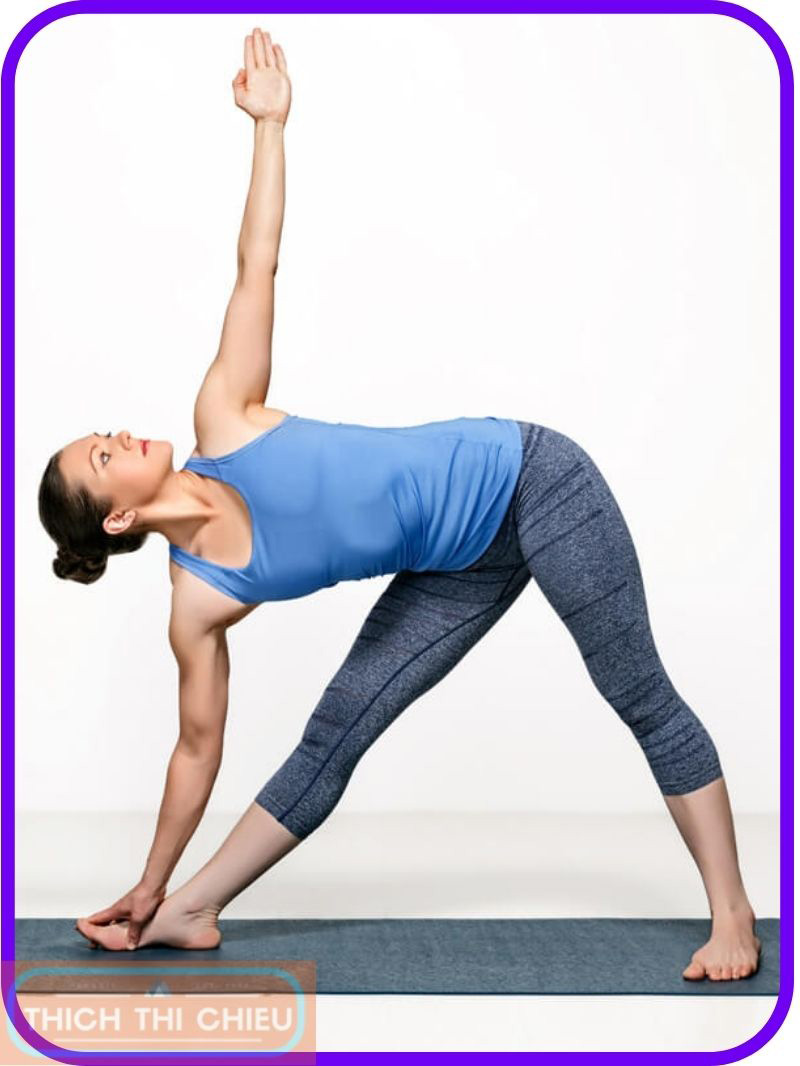
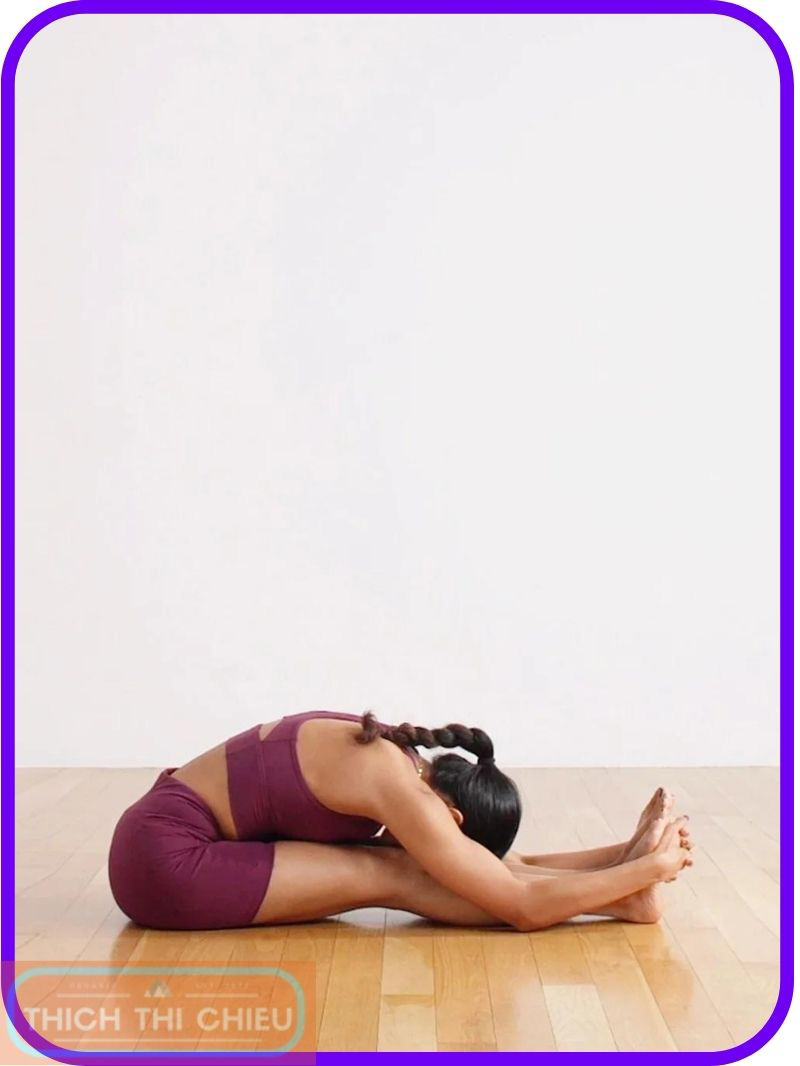
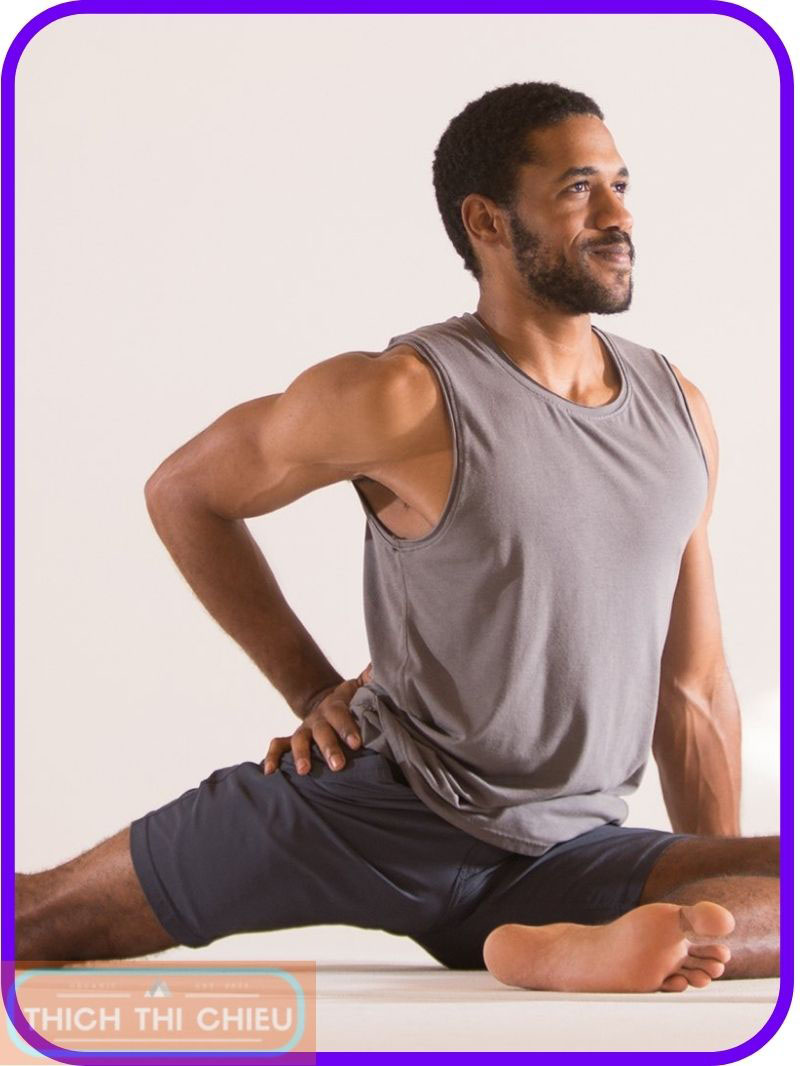
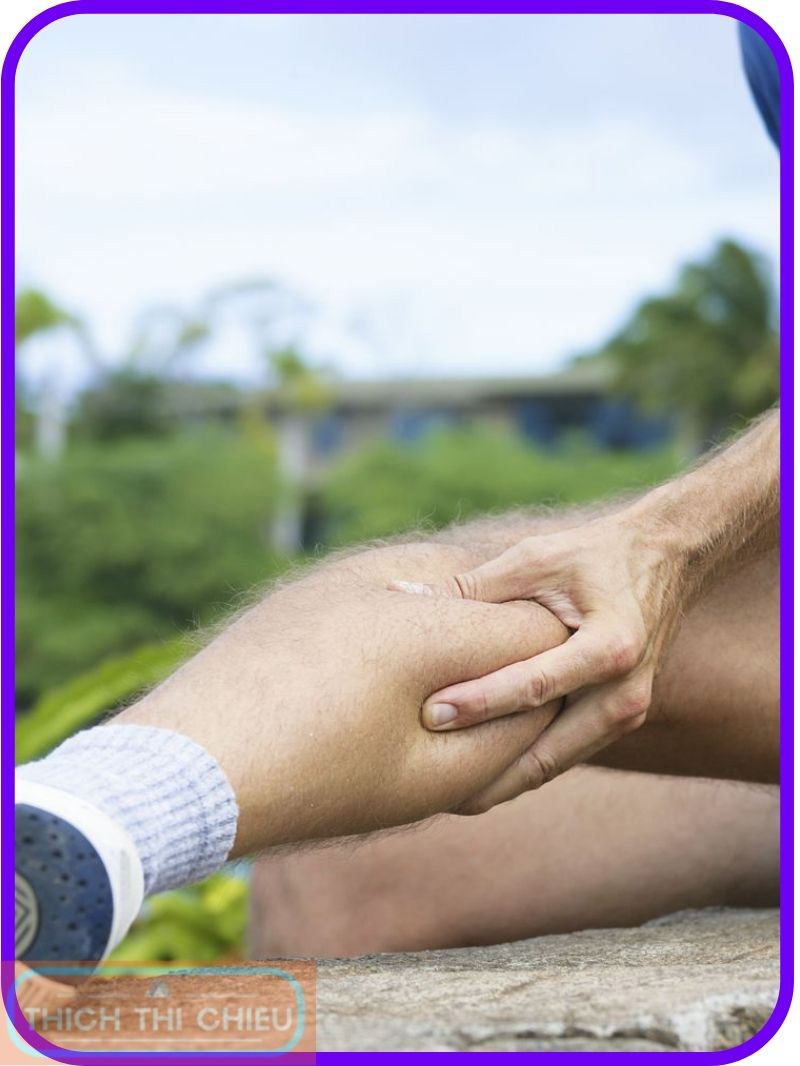
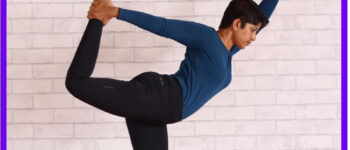


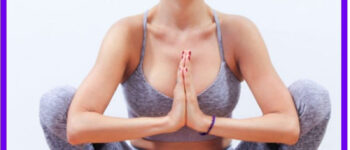

Leave a Reply